I'd like to update a certain column in a table based on the difference in a another column value between neighboring rows in PostgreSQL.
Here is a test setup:
CREATE TABLE test(
main INTEGER,
sub_id INTEGER,
value_t INTEGER);
INSERT INTO test (main, sub_id, value_t)
VALUES
(1,1,8),
(1,2,7),
(1,3,3),
(1,4,85),
(1,5,40),
(2,1,3),
(2,2,1),
(2,3,1),
(2,4,8),
(2,5,41);
My goal is to determine in each group main starting from sub_id 1 which value in diff exceeds a certain threshold (e.g. <10 or >-10) by checking in ascending order by sub_id. Until the threshold is reached I would like to flag every passed row AND the one row where the condition is FALSE by filling column newval with a value e.g. 1.
Should I use a loop or are there smarter solutions?
The task description in pseudocode:
FOR i in GROUP [PARTITION BY main ORDER BY sub_id]:
DO until diff > 10 OR diff <-10
SET newval = 1 AND LEAD(newval) = 1
